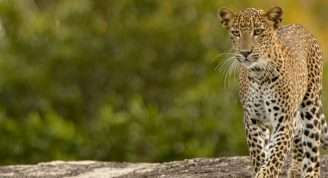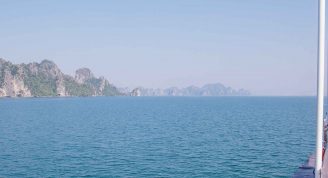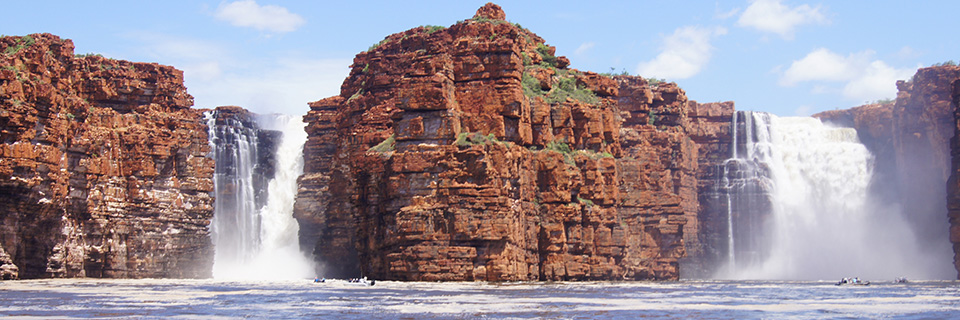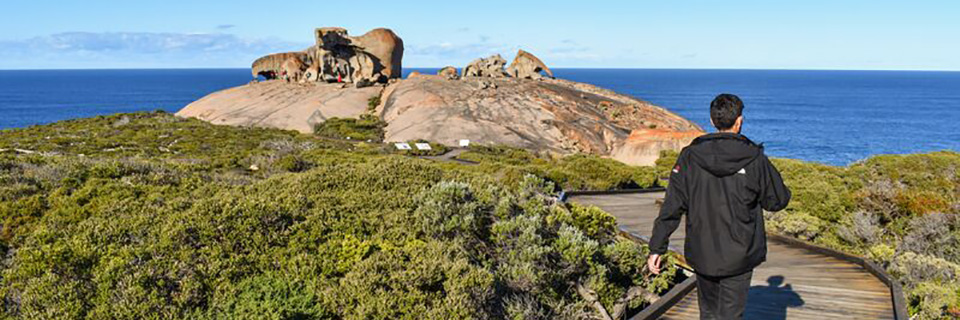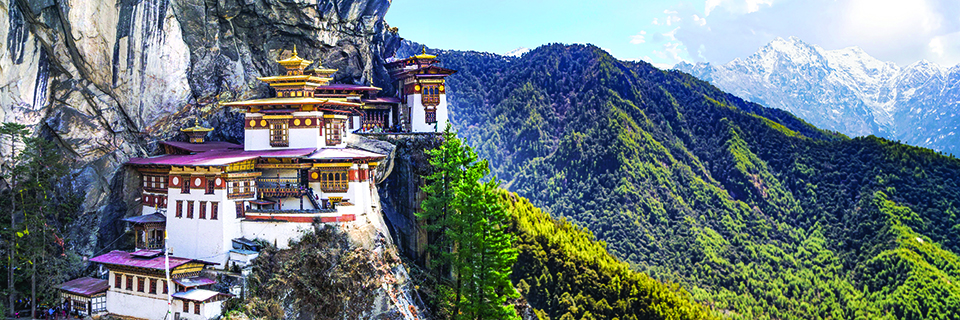Description
Take an in-depth journey into Madagascar and learn what makes this island nation so incredible. Madagascar’s wildlife has developed in isolation for millions of years, and the vast majority is endemic to the island as a result. There are 33 species of lemur and you’ll have an opportunity to meet them as you travel the country visiting remote national parks, pristine beaches, winding rivers and towns and cities with a culture all their own.
Trip Name
Madagascar in Depth
Last Updated
1970-01-01
Days
24
Capacity
12
Highlights
- Wander around 800-year-old trees along the Avenue of the Baobabs.
- Cross the Big Tsingy via suspended bridge.
- Float down the meandering Manambolo River on a morning canoe trip.
- Stay in a cottage deep within the Ranomafana National Park, surrounded by lush rainforest and countless species of flora and fauna.
- See how many species of lemur you can spot in Isalo, Andasibe and Ranomafana national parks (there are 33 different types!).
- Chill out at laidback Ifaty – this Malagasy seaside village will provide you with plenty of options to explore, adventure or relax as you wish.



